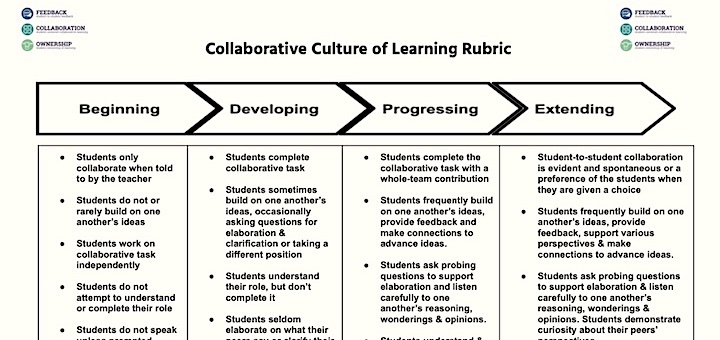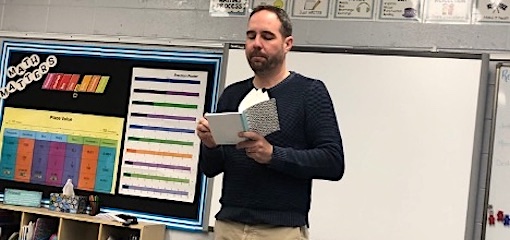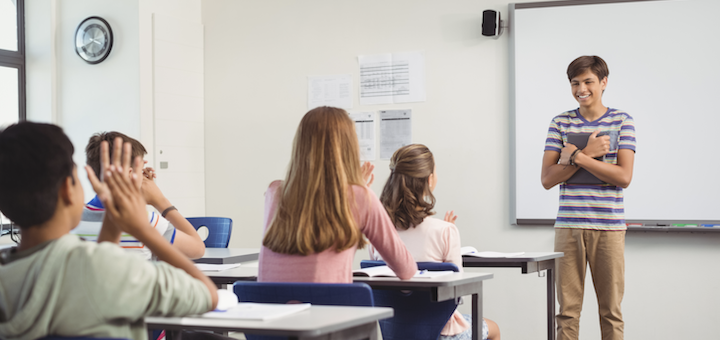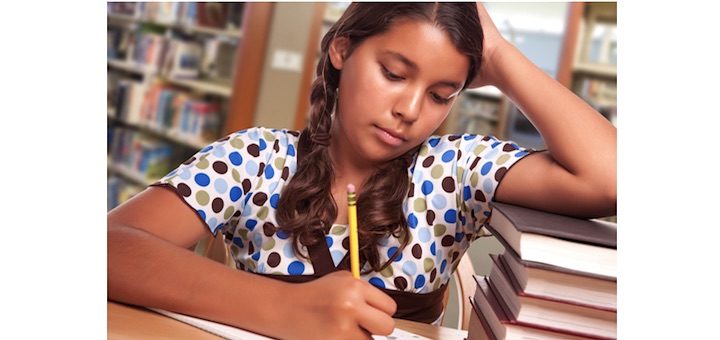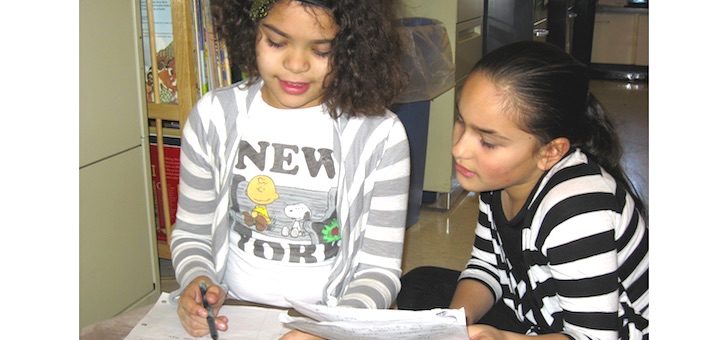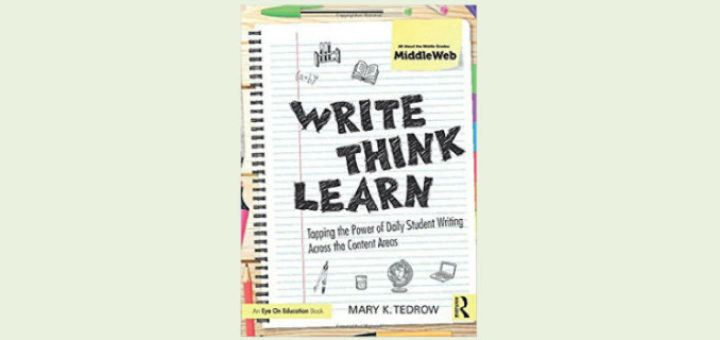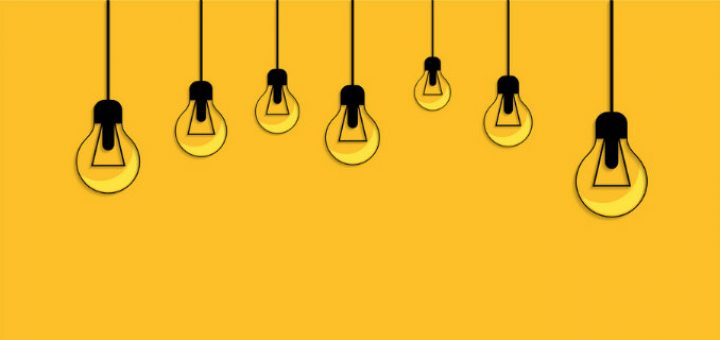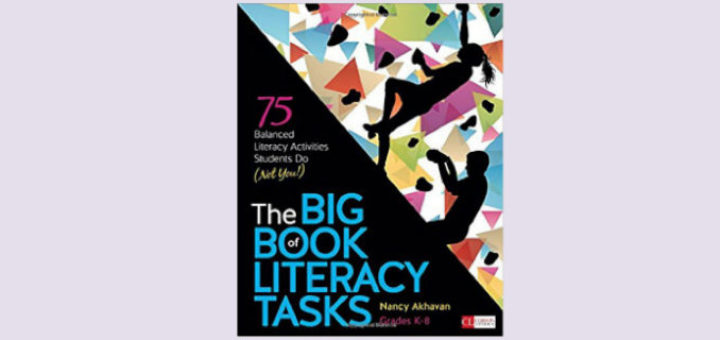Tagged: student reflection
Our Making Questions Count series explores three key roles in the teacher-student learning relationship. In their final post, Jackie Walsh, Emily Brokaw and Anna Salazar describe in rich detail the Student as Collaborative Contributor, with real-world stories and resources.
Recognizing the gap between formal curriculum standards and the emotional and organizational hurdles of writing, Matt Renwick shares some of his ideas for student-centered strategies that acknowledge these challenges and equip students with tools they need to overcome them.
Lauren Buell’s 8th grade ELA team works with students on a comprehensive unit that helps all participants develop speaking, listening, writing, reading and life skills as they prepare end-of-year TED-style talks. She shares the unit’s impact once students enter high school.
Self-evaluation does not happen magically, writes author and literacy consultant Lynne Dorfman. Students need to learn to reflect through practice. Dorfman shares some of her favorite ways to help students see the value of metacognition, goal-setting and assessing progress.
Reflecting on their work gives students an opportunity to look back at what they have done, examine the processes and strategies they used, and think about the importance of their effort and growth. Literacy coach Lynne Dorfman explores ways to cultivate metacognition.
Mary Tedrow shows how to cultivate students’ individual relationships with writing using a low stakes approach called a Daybook – a safe, authentic space for students to write and think that can feed into other disciplines and writing genres. Ariel Sacks calls it her “new top resource.”
Genius Hour is a popular strategy for deepening student learning by promoting passion, creativity and engagement. Paying attention to the do’s and don’ts of effective implementation can help you make it a regular part your instruction, writes author Barbara Blackburn.
Nancy Akhavan encourages teachers to push away from assigned passages with worksheets that require canned responses, and instead promote more freedom in student thinking, and more reflection about their connection to the reading and writing going on in their classroom.
When it comes to student learning, we usually think about how to get information into memory, says expert Marilee Sprenger. But we also have to get the information out. Be sure to use these 7 brain-based steps to strengthen connections and make memories permanent.
Amid the mix of emotions and preoccupations that crowd end-of-year school days, Amber Chandler takes time to discover how her 8th graders ranked her five major ELA units this year. What they think will help her prepare for next fall. Once she returns from the lake!

